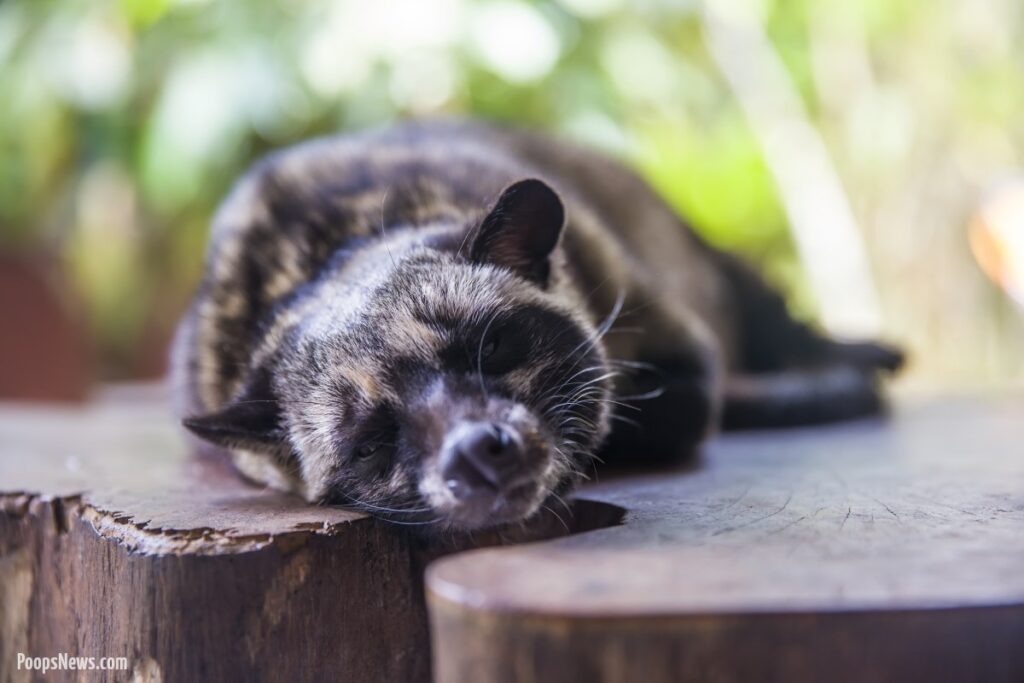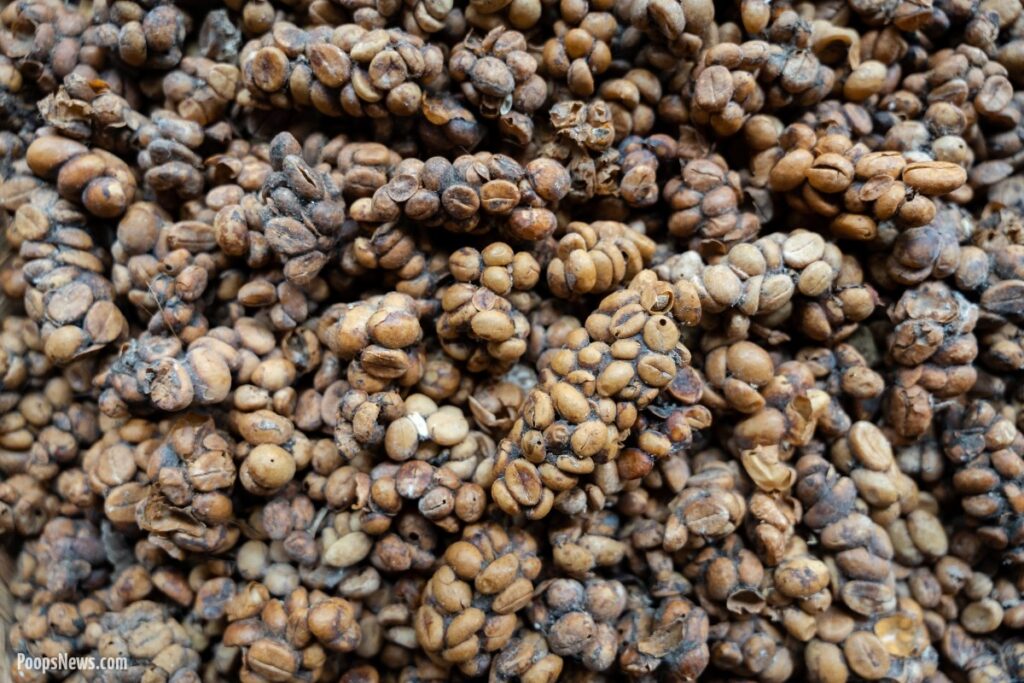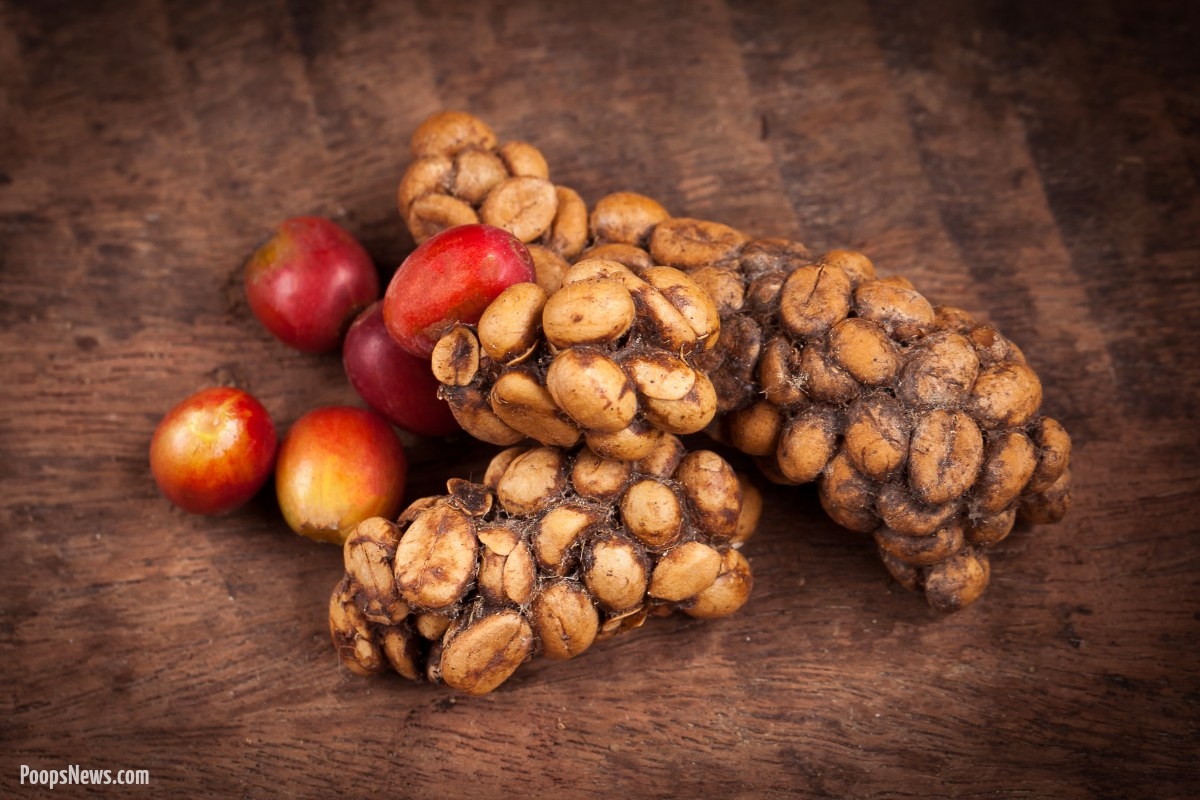The Myth, The Legend, The Poop
Ah, Kopi Luwak. The name itself sounds exotic and mysterious, conjuring images of misty rainforests, wild animals, and, of course, a tiny creature with the refined palate of a Parisian sommelier. For the uninitiated, this isn’t just any coffee — it’s coffee with a twist, lovingly “processed” by none other than a civet cat’s digestive tract. Yes, that’s right, those little furballs gobble up ripe coffee cherries, digest them, and, after a little backdoor magic, deposit them back into the world, where industrious humans eagerly collect the beans.
Why Poop? Why Not?
You might be asking yourself, “Why in the world would someone drink coffee that’s been through an animal’s digestive system?” Well, why not? Humans have a knack for tasting the oddest things in the name of culinary exploration. Someone once decided to taste blue cheese, knowing full well it was riddled with mold. Someone else gave oysters a shot, despite their suspiciously slimy texture. And somewhere, sometime, someone looked at a pile of civet poop and thought, “This could make a fantastic cup of coffee”.
Some say it’s the smoothness, some say it’s the unique flavor. Experts will tell you that the enzymes in the civet’s stomach break down the beans in such a way that the coffee acquires a softer, more balanced taste. But deep down, we all know the truth — drinking civet poop coffee is about the experience, the story you’ll tell your friends over brunch. Imagine the admiration in their eyes as you take a sip and casually mention, “This blend? Oh, nothing much, just civet-processed coffee, harvested by hand from the droppings of a wild animal”.
The Civet Cat: Nature’s Little Coffee Connoisseur
The Asian palm civet isn’t your ordinary coffee producer. No, this creature is a sophisticated, picky eater. With a taste for the finest, ripest coffee cherries, civets are nature’s little baristas, selecting only the best fruit for their high-class digestive system. This selection process is crucial — only top-notch cherries pass the civet’s scrutiny, a discerning palate that coffee growers dream of.

So, the cherries go in, and nature works its magic. As the cherries journey through the civet’s digestive system, something miraculous happens. The beans are stripped of their fruit pulp, their enzymes lightly marinated in stomach juices, and then… well, you can guess the rest. These beans are later discovered by workers who, with an unflinching sense of duty, sift through the forest floor, collecting the prized droppings.
The Art and Science of Poop Collection
The collection process isn’t for the faint-hearted. It requires patience, perseverance, and perhaps a touch of denial about what one is actually picking up. The workers brave the wilderness in search of civet droppings, carefully separating the beans from, well, everything else.
Imagine a rainforest worker with a keen eye, combing through the underbrush, like a treasure hunter. Only their treasure is in small brown piles, delicately laid out on the forest floor. In the hands of these fearless collectors, nature’s most unusual coffee beans are liberated from the confines of the civet’s digestive system and brought into the light, where they’ll undergo further preparation to ensure they reach your morning cup in pristine form.
Roasting the Unthinkable
Once gathered, the beans are thoroughly cleaned, dried, and roasted, though there’s an unspoken hope that roasting will take care of anything that a few good scrubs might miss. Roasting, after all, isn’t just about flavor — it’s a form of alchemy that transforms even the strangest of ingredients into something palatable.
As the beans roast, the unusual flavors, the unmistakable aroma of coffee mixed with the whisper of wild digestion, come to life. Connoisseurs claim that the resulting taste is unlike anything else — a complex profile of earthy tones, mild acidity, and a richness that lingers. But let’s not kid ourselves: part of the allure of Kopi Luwak is the sheer audacity of it all. The beans are born of civet poop, and that’s the story people want to savor with each sip.

Sip and Enjoy… But First, the Price
Of course, this unique production process comes with a price tag. A cup of Kopi Luwak can set you back anywhere from $35 to $100, depending on where you buy it. It’s the kind of price tag usually reserved for fine wines, truffle dishes, or a limited-edition perfume. But here, the allure lies in something that, quite literally, comes from the bowels of nature.
Why the expense? It’s not just the exclusivity, nor the unique flavor. It’s the bragging rights. Imagine sitting down with a friend who’s just picked up a cup of their favorite coffee chain’s seasonal blend. You take a sip of your Kopi Luwak, smile knowingly, and say, “Mine’s civet-processed”. It’s a statement, a status symbol, and a testament to your commitment to the caffeinated art.
Is It Worth It? The Debate Continues
Is Kopi Luwak genuinely the world’s best coffee, or is it an overhyped gimmick? Opinions are divided. Some coffee aficionados insist that the unique fermentation process in the civet’s digestive system brings out subtle, nuanced flavors you can’t find anywhere else. Others argue that the differences are too subtle to justify the price.
There’s also the ethical debate: with the demand for civet coffee on the rise, some producers have resorted to keeping civets in captivity, feeding them coffee cherries en masse to increase output. This, of course, strips away the romance of wild civets foraging for cherries in their natural habitat. Critics argue that the real treasure of Kopi Luwak lies in its natural origins — if you’re going to drink coffee that’s been pooped out by an animal, at least let the poor creature live freely in the forest.
The Cultural Impact of a Poop-Centric Brew
Kopi Luwak has grown beyond the coffee cup; it’s become a symbol of luxury, adventure, and human curiosity. From its humble beginnings in the jungles of Southeast Asia, this coffee has made its way onto the menus of high-end cafes, into the hands of celebrities, and even onto the list of “weird things you should try before you die”.
It’s a conversation starter, an icebreaker, and a surefire way to impress — or possibly horrify — your friends and family. For the daring few who venture to try it, Kopi Luwak isn’t just about the taste; it’s about the experience, the chance to sip a cup of something truly unique, something with a story that no other coffee can match.



Rumor has it that North Korea’s leader, Kim Jong Un, tasked his head chef with preparing the world’s most expensive coffee. The chef, however, was plagued with indecision: should he choose the exotic and luxurious Kopi Luwak or stick to a more traditional blend? Afraid to ask the leader for clarification, the chef reportedly took his own life, leaving no final note. This unfortunate incident highlights the perils of culinary pressure at the highest level, where even a cup of coffee can become a matter of life and death.